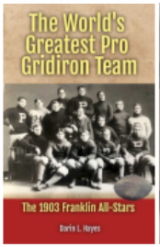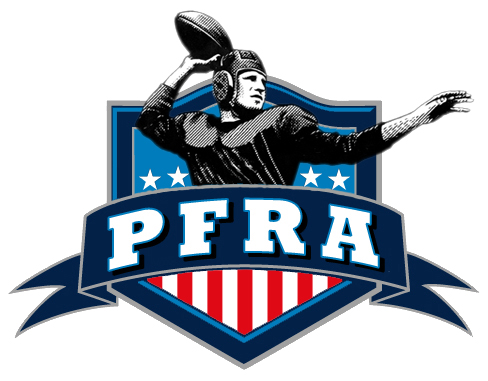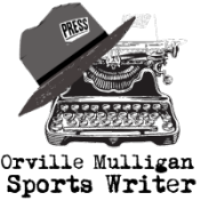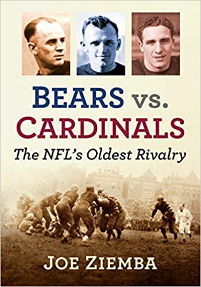The focal point of our discussion today revolves around the historical significance and tactical intricacies of the Notre Dame box offense, a pioneering sche... — www.youtube.com
The Notre Dame Box offense, popularized by Knute Rockne in the 1920s and 30s, revolutionized the game of American football. As discussed in a recent Pigskin Dispatch podcast featuring Timothy Brown of
Football Archaeology, this formation was much more than just a static alignment; it was a dynamic and adaptable offensive weapon.
Rockne’s system employed a shifting backfield, creating a strategic chess match against opposing defenses. Players would move and reposition themselves before the snap, disguising intentions and forcing defenses to adjust, often incorrectly. This constant motion created confusion and opened up opportunities for both running and passing plays.
An in-depth exploration of the Notre Dame box offense reveals its transformative impact on American football. This episode features Timothy P. Brown, who articulates the historical context of the formation, tracing its origins to the University of Chicago and the innovative coaching of Amos Alonzo Stagg. The hosts delve into the intricacies of the offense, examining its unique player alignment and the strategic use of shifting motions, which were designed to deceive opposing defenses and create advantageous plays.
-
What is the Notre Dame Box Offense
The Notre Dame Box is not an adaptation of the single-wing formation. The Box shift was derived before the single-wing was used, and considerable success was achieved in college and professional football. It was a staple of Knute Rockne's Notre Dame teams and Curly Lambeau's Green Bay Packers in the 1920s and 30s. Having played for Rockne, Lambeau brought the formation to the NFL after learning it from the legendary coach. Rockne, in turn, had learned it from Jesse Harper, taught by Amos Alonzo Stagg.
This formation positioned two ends and four backs in a box-like arrangement. A key characteristic was its often unbalanced line, with the center positioned near the weak side rather than directly in the middle. Teams would align initially in a T formation before shifting into the box. Unlike the traditional single-wing, the Notre Dame Box featured a balanced line and a halfback, typically the "wing" in the single-wing, positioned closer to the formation with the option to shift out. These modifications created a more symmetrical, less predictable alignment, facilitating runs to either side of the line. The halfback also became a more potent running threat, and the quarterback, usually a blocker in the single-wing, became a viable passer thanks to the center's ability to snap the ball directly.
The Notre Dame Box emphasized deception through frequent backfield shifts and motion rather than relying solely on the raw power typical of the single-wing. Teams often favored this formation if they lacked an actual "triple threat" tailback crucial for single-wing effectiveness. Rockne's genius lay in his sophisticated use of backfield movement, shifts to confound defenses and his adaptation of the formation for passing plays. While initially conceived as a powerful running formation, with seven players aligned on one side of the center and only two on the other, Rockne transformed it into a more versatile and unpredictable offensive weapon.
-
Podcast Episode
As the dialogue unfolds, we gain insights into the tactical advantages of the Notre Dame box, particularly its capacity for misdirection and adaptability. The hosts discuss how this offense, characterized by a balanced line and fluid player movements, allowed for a diverse range of plays that challenged traditional defensive strategies. Furthermore, the conversation reflects on the historical evolution of football rules and how these changes influenced the development of offensive formations over time.
The episode culminates in a thoughtful reflection on the legacy of the Notre Dame box offense, inviting listeners to appreciate its foundational role in the evolution of football tactics. By understanding this formation's mechanics and historical significance, we gain a deeper appreciation for the continuous innovation that defines the sport.
The podcast highlighted the Notre Dame Box's innovative nature, delving into its player rotations' intricacies. Brown explained how Rockne strategically rotated players based on the specific play being called. This allowed for specialized skill sets to be utilized at the point of attack, maximizing the effectiveness of each play. The episode also explored the key differences between the Notre Dame Box and other prevalent formations of the era, such as the single wing. While both formations utilized misdirection and deception, the Notre Dame Box’s emphasis on pre-snap movement and versatile player roles distinguished it.
Listeners gained valuable insights into the mechanics of the offense, learning how the shifting, blocking schemes, and play options all worked in concert. The podcast discussion, featuring Darren Hayes and Timothy Brown, elucidated how this offensive system gave Notre Dame a significant competitive edge, contributing to its legendary status in college football history. The Notre Dame Box wasn’t just a formation; it was a philosophy, a testament to Rockne's innovative mind, and a pivotal chapter in the evolution of offensive football.










